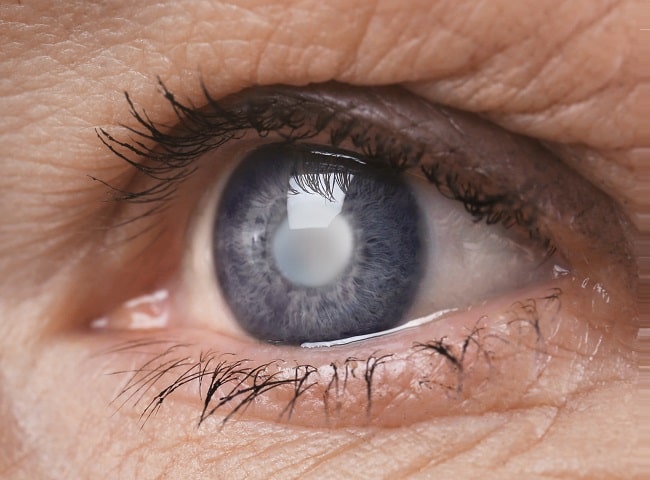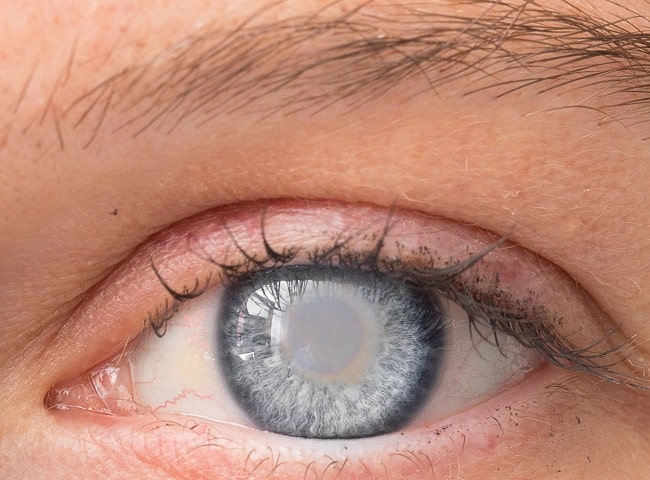Eyecare
We care about your eye health and your family as well
Cataracts
What are Cataracts?
Cataracts come in many forms. The most common type of cataract, known as age related cataracts, are the inevitable aging process of the natural crystalline lens of the eye. There are a few varieties of age-related cataracts, but they are not typically associated with a disease process and are easily rectified with surgical removal.
The crystalline lens resides just behind the iris in the eye and is approximately 20 diopters in power. This lens helps to focus light onto the retina. In addition to this, the lens flexes to increase in power and allow for the shifting of focus from distance to near targets. The lens grows thicker continually throughout our lifespan. The clouding of this lens starts early on but occurs so slowly that it generally does not cause blurred vision until much later in life. Injury and medications can influence the timing and severity of cataracts, but even in the absence of any of these factors, everyone will eventually develop at least a mild form of cataract.


The most common early symptoms of cataracts include glare at night and difficulty reading in sub-optimal lighting. As light passes through the clouding lens, it is scattered inappropriately rather than passing through the lens without distortion. This causes light glare and halos at night. The slow clouding of the lens can start to cause a decline in low contrast vision. In most cases of nuclear sclerosis – the most common form of age-related lens opacity – this happens so slowly that changes are very subtle from year to year.
Some types of cataracts are less subtle and cause symptoms more significantly and earlier in life. One such cataract is called a posterior subcapsular cataract. This is sometimes referred to as the “young person’s cataract” and can scatter light more significantly and progress more rapidly than nuclear sclerosis. These cataracts are removed in the same way as other types.
Referral for cataract surgery is done once symptoms are affecting activities. This means that even though vision on an eye exam may still remain very good (20/20 even), referral can be made if night driving or reading have become more difficult as a result of the clouding of the lens.
Cataract surgery is performed by an ophthalmologist either in a hospital operating room or a surgery center. In the vast majority of cases, the eye is numbed but general anesthesia is not necessary. The eyes are operated on on different days but the recovery is very short. During the procedure, a small incision is made in the cornea, through which small instruments are used to break up the cloudy lens and remove it from the natural capsule in which it is suspended in place. The capsule is left in place, and a new lens is implanted which corrects for the refractive status of the eye. This results in many people being able to see better without their glasses for distance than they did prior to surgery. Technology in the implanted lenses is advancing quickly, giving patients the option to select a lens that can help correct distance and near vision, reducing the reliance on reading glasses or multifocal glasses or contact lenses after surgery.
Cataracts are evaluated at every comprehensive eye exam. Dilated examination is required to fully evaluate the status of the lens.
Contact Us to schedule your appointment
Call us on (406) 535-2020 or complete the inquiry form to schedule your appointment or to learn more about how we help our patients.


 Call us at
Call us at